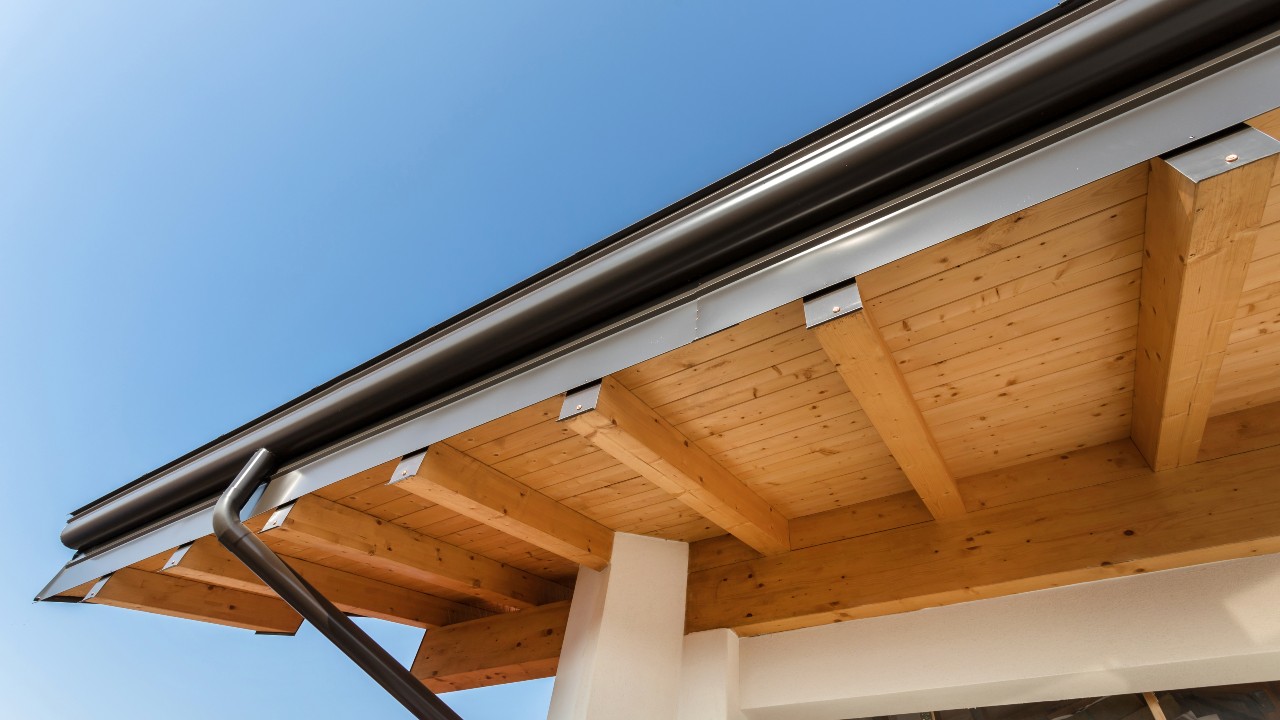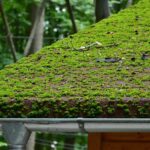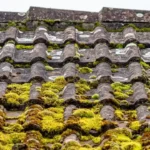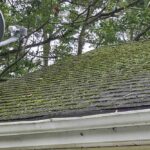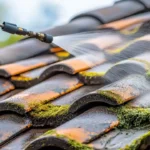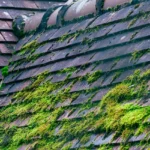Every homeowner understands the importance of maintaining a healthy roof. One of the key aspects of roof maintenance involves ensuring proper drainage. Roof drainage systems play a crucial role in directing water away from your home, preventing potential damage. In this article, we will provide valuable tips for sealing roof drainage systems to ensure they function efficiently.
Sealing your roof drainage system is not just about keeping water out; it’s about protecting your home from costly damages. By following our tips for sealing roof drainage systems, you can enhance the longevity of your roof and ensure your home remains safe and dry.

Understanding Roof Drainage Systems
Before diving into the sealing tips, its essential to understand what a roof drainage system is. These systems are designed to channel water away from the roof through gutters, downspouts, and drains. Proper maintenance is crucial to prevent water accumulation that can lead to leaks and structural damage.
Signs Your Roof Drainage Needs Attention
Identifying issues early can save you from costly repairs. Here are some signs that your roof drainage system might need sealing:
- Water stains on ceilings and walls
- Pooled water on the roof
- Rust or corrosion on gutters
- Visible cracks or holes in gutters and downspouts
Why Sealing is Important
Sealing your drainage system is vital for several reasons. It prevents water leaks, reduces the risk of mold growth, and protects your homes structural integrity. Additionally, it helps in maintaining the aesthetic appeal of your home by avoiding unsightly water damage.
Materials Needed for Sealing
Before starting the sealing process, gather the necessary materials. You will need:
- High-quality sealant
- Brush or roller for application
- Protective gear (gloves, goggles)
- Cleaning supplies (soap, water, cloth)
Step-by-Step Guide to Sealing Roof Drainage Systems
Follow these steps to ensure your roof drainage system is properly sealed:
- Inspect the Drainage System: Start by inspecting the entire drainage system. Look for cracks, rust, and any signs of wear and tear.
- Clean the Surface: Use soap and water to clean the surface of the gutters and downspouts. Ensure they are free from dirt and debris before applying the sealant.
- Apply the Sealant: Use a brush or roller to apply the sealant evenly. Focus on areas with visible damage and ensure a thick coat is applied for maximum protection.
- Allow to Dry: Let the sealant dry completely. This may take a few hours to a day, depending on the weather conditions.
Regular Maintenance Tips
Regular maintenance is key to extending the life of your roof drainage system. Here are some maintenance tips:
- Inspect your roof drainage system at least twice a year.
- Regularly clean gutters and downspouts to prevent clogs.
- Trim overhanging branches to minimize debris accumulation.
- Schedule professional inspections annually.
Professional Help
If youre unsure about sealing your roof drainage system yourself, consider hiring a professional. They have the expertise and tools to perform the job efficiently and safely.
Common Mistakes to Avoid
When sealing your roof drainage system, avoid these common mistakes:
- Using low-quality sealants that may not provide long-term protection.
- Ignoring small cracks or damages that can worsen over time.
- Skipping regular maintenance checks.
Cost of Sealing Roof Drainage Systems
The cost of sealing your roof drainage system can vary depending on the size of your home and the extent of damage. However, investing in quality materials and professional help can save you money in the long run by preventing severe damage.
Environmental Impact
Sealing your roof drainage system not only protects your home but also has environmental benefits. A well-maintained system reduces water wastage and protects local water bodies from pollution caused by runoff.

FAQ
How often should I seal my roof drainage system?
It’s recommended to inspect and seal your roof drainage system every few years, or as needed, based on the condition of your gutters and downspouts.
Can I use any sealant for my roof drainage system?
It’s important to use a high-quality sealant specifically designed for roof drainage systems to ensure long-lasting protection.
What are the benefits of sealing my roof drainage system?
Sealing helps prevent leaks, protects against water damage, and extends the life of your roof drainage system.
For more information on maintaining your roof drainage system, visit Roof Drainage Maintenance Checklist or check out these Roof Drainage Tips for more insights. Additionally, consider reading about Flat Roof Drainage Solutions for expert advice.
This article contains affiliate links. We may earn a commission at no extra cost to you.



